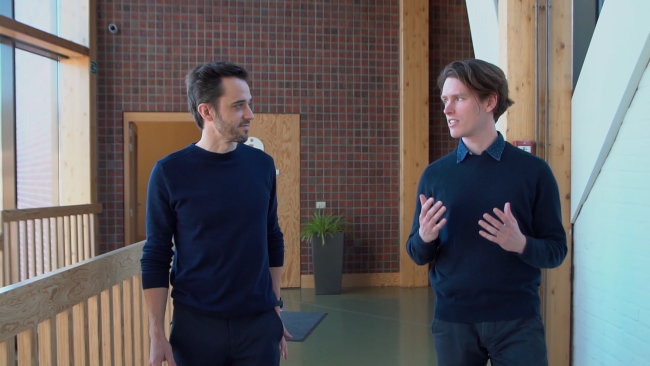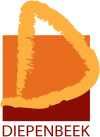When it comes to migration projects, implementing new technology is only half the battle. The other half consists of effectively integrating the new technology within your organization. To ensure all employees at the various municipal departments are fully involved in the migration to Microsoft 365, the Diepenbeek local government called on the expertise of ICT partner Inetum-Realdolmen.
Nestled between Hasselt, Genk and Bilzen, the municipality of Diepenbeek has a population of around 19,000 residents. "Our municipal services try to serve all these citizens as effectively as possible," states Lieven Scrayen, Internal Affairs project manager for the Limburg municipality. "We count on some 350 employees to do this, including around 125 PC users."
Digital (collaborative) work with Microsoft 365
"The world is changing," states the local project supervisor. Many changes have a genuine and sometimes far-reaching impact on the operation of municipal services. For example, a great many services for citizens have also moved to the Internet in recent years. "As an organization, we need to find an appropriate response to this growing demand for online services. One way to do so is to ensure that our employees have the proper tools to work and collaborate online."
Besides laptops and other mobile devices to enable home and remote working, Microsoft 365 also provided the municipality of Diepenbeek with a set of advanced software services for digital (collaborative) working. During the migration to this new digital office environment, however, Lieven Scrayen and his colleagues came to realize that this was a project requiring a much broader interpretation.


